Forensic Pathology- 𝐑𝐨𝐜𝐜𝐨
1/63
Earn XP
Description and Tags
𝐌𝐫. 𝐑𝐨𝐜𝐜𝐨 𝐢𝐬 𝐚 𝐩𝐚𝐢𝐧 𝐢𝐧 𝐭𝐡𝐞 ***𝐁𝐋𝐄𝐄𝐏 𝐁𝐋𝐄𝐄𝐏 𝐁𝐋𝐄𝐄𝐏*** `✦ ˑ ִֶ 𓂃⊹
Name | Mastery | Learn | Test | Matching | Spaced |
|---|
No study sessions yet.
64 Terms

Mechanism of Death
Biological and Psychological abnormality produced by the cause of death that is incompatible with life
ex: Death due to Gunshot Wound


Manner of Death
The classification of a death
ex: Suicide, homicide, accident


Cause of Death
Disease or injury that initiated the lethal chain of events that lead to death
ex: Heart disease, clogged arteries, etc


LIVER MORTIS- definition
The process in which the body decomposes and blood seeps into down and settles in lower parts of the body.


LIVER MORTIS can
1) Determine time of death
2) Reveal the position of the corpse within the first 8 hours
3) Reveal if the body was moved


LM- 1) Determine Time of Death
* Within 2-8 hours, the blood has not settled and will disappear when pressed, will solidify after 8 hours
* Temperature and anything that can impede blood flow will affect the color of Lividity


LM- 2) Reveal the position of the corpse within the first 8 hours
If the victim is on their back, the blood will pool along backside


LM- 3) Reveal if the Body was Moved
If the body was moved, there will be dual lividity from first position and second position

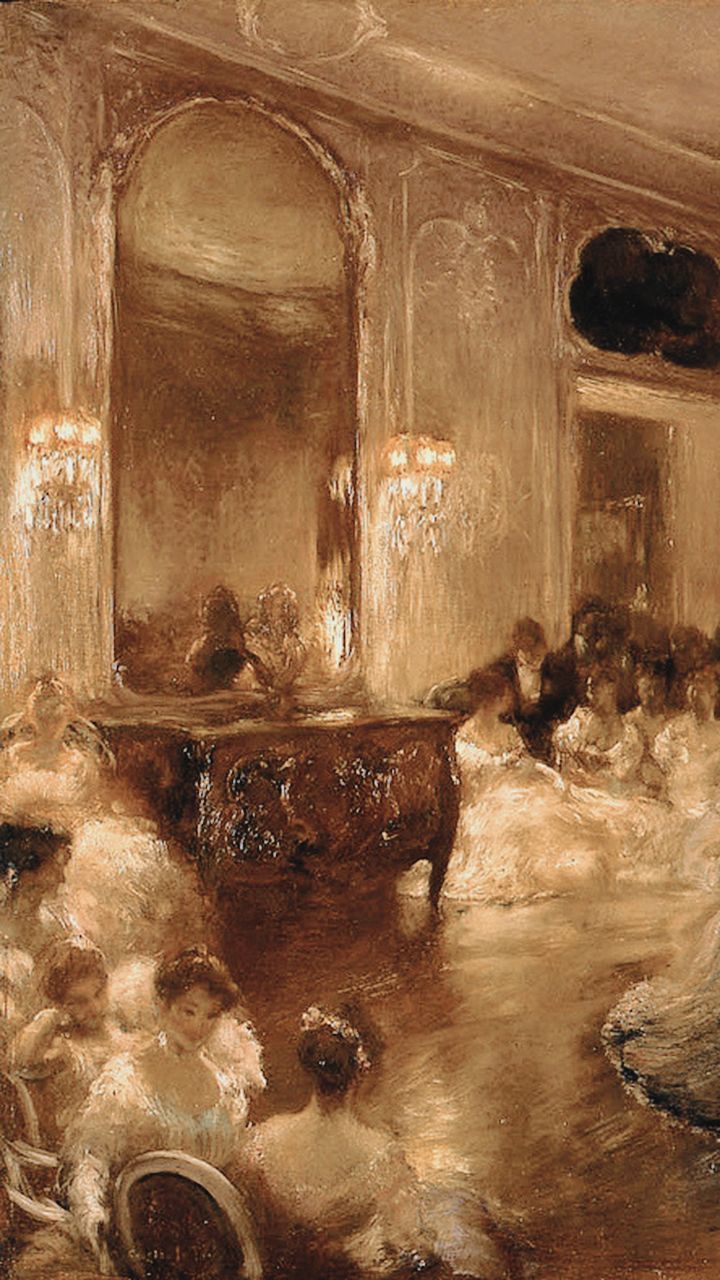
LIVIDITY
Blood pooling or settling in tissue after death
liver mortis= bodily action
Lividity= end result

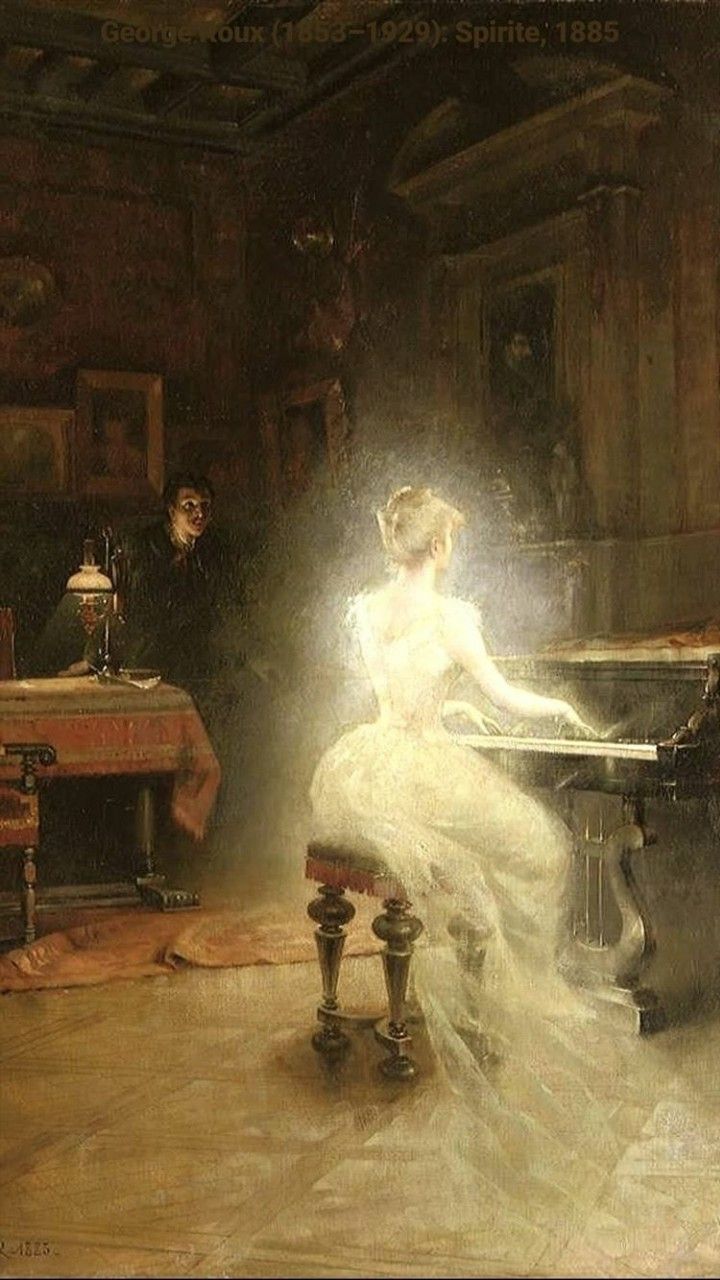
LIVIDITY- Blueish pink/purple
Died of natural/external causes


LIVIDITY- Bright Cherry Red
Carbon Monoxide


LIVIDITY- Pink
Cyanide


LIVIDITY- Dark Brown
Phosphorous


LIVIDITY- Reddish Brown
Nitrates


LIVIDITY- Chocolate Brown
Chlorates


LIVIDITY- Bluish Green
Hydrogen Sulfates


LIVIDITY- Deep Blue
Aniline


LIVIDITY- Black
Opiates


RIGOR MORTIS- Definition
Caused by the chemical changes in muscle tissue after death that causes them to stiffen
Begins immediately
Caused by the lack of ATP


RIGOR MORTIS- Science
Cellular Respiration in cells stops upon death. This deprives the system of Oxygen used to make Adenosine Triphosphate (ATP). Because ATP is no longer present to run the SERCA pumps (they transport calcium to the Sarcoplasmic Reticulum.) TLDR- Cellular respiration stops making the protein that controls calcium in cells, so the calcium just kinda diffuses everywhere and bind with proteins that control muscles and hence control the functions.


RM- 1-4 hours
Jaw and Neck rigid, rest of the body Limp


RM- Up to 8 hours
Everything down to the legs is rigid


RM- Up to 12 hours
Everything remains rigid


RM- 24 hours
Jaw is limp, everything else is rigid


RM- 30-32 hours
Everything but the legs are limp


RM- 36 hours
Entire body is limp (no rigidity)
Decomposition has begun


RM- Effecting Circumstances
1) Starvation
2) Extreme Temperatures
3) Physical Exertion
4) Effects of fire
5) or water (in case of drowning)


RM- DROWNING DEATHS
Rigor Mortis can develop fully in 2-3 hours


DECOMPOSITION
CO2 is produced, which produces swelling
caused by Autolysis (enzymes self digest)


5 Stages of DECOMPOSITION
1) Initial decay
2) Putrefication
3) Black Putrefication
4) Butyric Putrefication
5) Dry Decay


PRE-DECOMP
1) Color changes
2) Purge Fluid
3) Marbling of Skin
4) Degloving
5) Tache Noire


DECOMP- 1) Color Changes (it's green)
12-18 hours- starts in the abdominal skin
24-36 hours- covers the entire abdomen
36 hours + - slowly moves to rest of the body


DECOMP- 2) Purge Fluid
Decomposition fluid that exits from nasal or oral passages.


DECOMP- 3) Marbling of Skin
Happens when blood reacts with Hydrogen Sulide produced by bacteria (it's basically the visibility of the veins)
Normally accompanied by Bloating


DECOMP- 4) Degloving
in cases of decomposition and cases involving external temperatures (ie. fires)
Literally the skin on the hands pealing off


DECOMP- 5) Tache Noire
Occurs when the eyes are open post-mortem
Areas of the sclera dry out which produced a yellowish band that turns brownish-blackish of discoloration
occurs 7-8 hours after death
French for - Black Spot of the Sclera


DECOMP- Initial Decay
0-3 days after death
Bacteria in digestive track start eating intestines, break through and begin feeding on surrounding organs
Individual cells break down, realising cell contents and enzymes into the body


DECOMP- Putrefication
4-10 days after death
Body will be bloated from gas build up
Gases released by bacteria that live in the intestines
Skin Blisters
Build-up of fluids from ruptured cells and intestines
Skin begins slipping


DECOMP- Black Putrefication
10-20 days after death
Body begins to collapse and black surfaces are exposed
Bloated body collapses and leaves a flatten one
Large volume of body fluid drain


DECOMP- Butyric Putrefication
20-50 days after death
Remaining flesh on body is removed and body dries out
Cheesy Smell from butyric acid
Surface of body in contact with the ground may mold as body ferments


DECOMP- Dry Decay
50-365 days after death
Body is dry and continues to decay slowly (lack of moisture)
Mostly reduced to hair and bones
Eventually the hair will disappear


FINDING TIME OF DEATH- Algor Moris
X= body temp when found
Y= body temp difference
Z= body temp after 12 hours
37-X= Y
if Y> 9.36 then dead for more than 12
if Y< 9.36 then dead for less than 12


AM- Y>9.36
Y-9.36= Z
Z/.39
whole number=hours
decimal= minutes
decimal * 60
Add 12 to whole number


AM- Y<9.36
Z/.78
whole number=hours
Decimal= minutes
decimal * 60

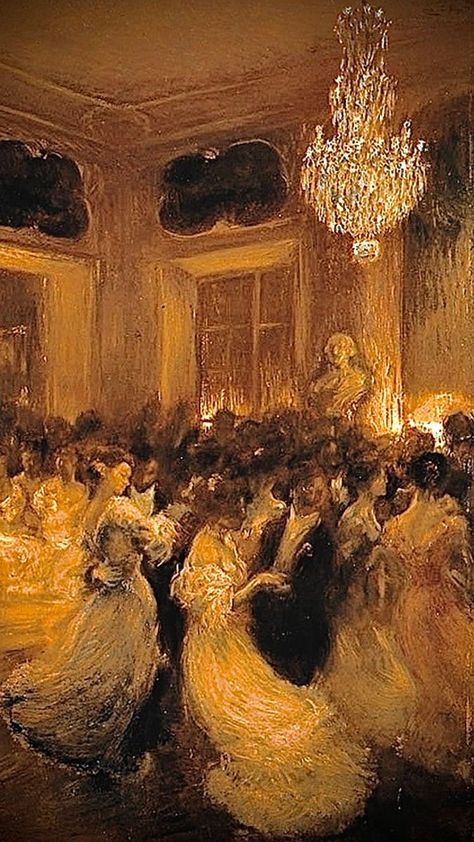
Dr. Melinek's 5 Autopsy Examination Basics
External Examination
Internal Examination
Specimens are taken for additional testing
Disease and Injury Tests
Documentation
~ Diagrams
~ Photographs
~Autopsy Report


Sudden Infant Death Syndrome
SIDS BABIES ARE NOT BLUE
Sudden death of an infant under 1-year old without reason or explanation
The arousal Complex is altered


SIDS- Pathology
CAUSES
Inadequate prenatal care
Smoking
Anemia
Venereal Disease
Urinary Tract Infection
Low birth weight
inadequate post-natal care
lack of breast feeding
GI infections


SIDS- Indicators
Sudden, they're normally quiet, and just kinda stop breathing


ASPHYXIAL DEATHS- definition
the state or process of being deprived of oxygen, which can result in unconsciousness or death; suffocation.


ASPHYXIAL DEATHS- Types(8) and Pathology
Vitiated Atmosphere- high altitude, lack of oxygen
Smothering- external blockage of airways
Chocking- internal blockage of airways
Manual Strangulation- Application of force with forearm or hand
Ligature Strangulation- application of force with rope, cord or wire
Hanging- contriction of neck by ligature in downward motion
Traumatic Asphyxia- Fixation of weight on the chest
Drowning- partial or complete immersion of water


ASPHYXIAL DEATHS- CYANOSIS
Due to excessive concentration of deoxyhemoglobin in the blood caused by deoxygenation

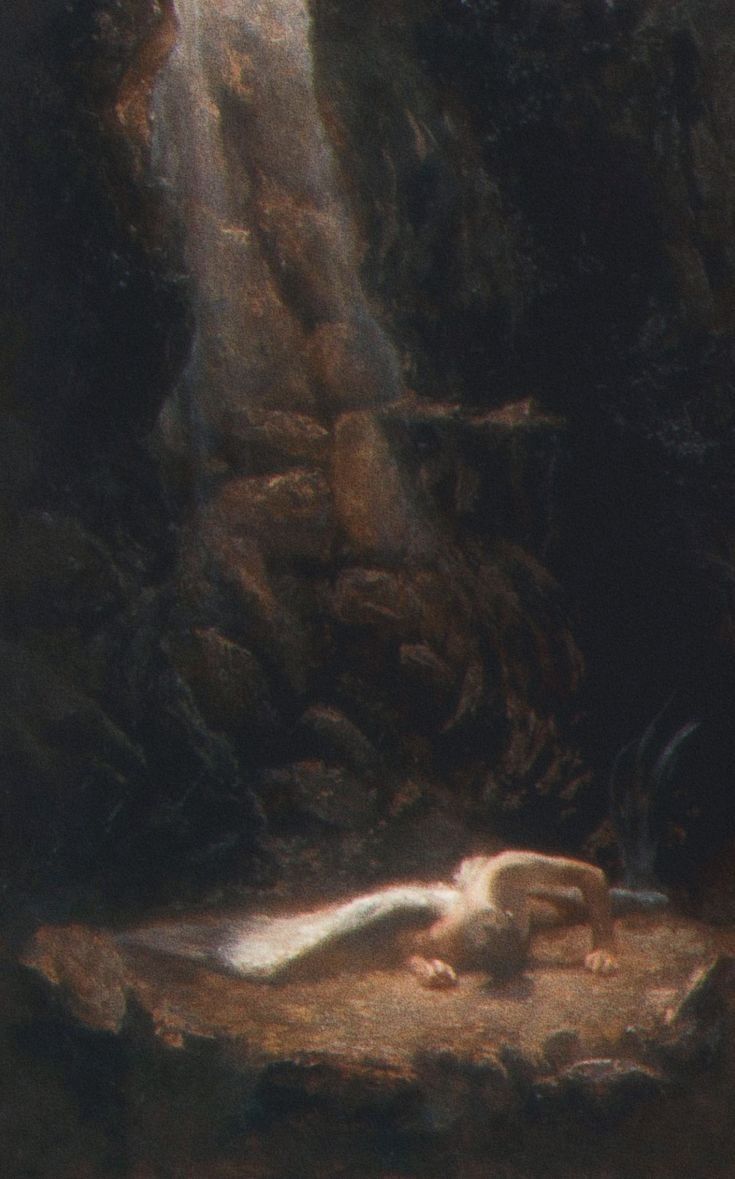
ASPHYXIAL DEATHS- Right ventricular (right) dilation
Swelling of the heart chamber that pumps blood away from the heart


ASPHYXIAL DEATHS- Petichia
small hemorrhages in tissue
Petechial hemorrhages are like needle marks
take place above where asphyxia took place


The Biology of Drowning
wet (85%-95%), dry (5%-15%)
lividity on face, neck, and head
whitening/wrinkling of the skin
peeling of epidermis
Aircell hemorrhages = blood from ears
water in lungs = alive to prior or been dead long which makes everything relax so water gets in- bodies sink unless stopped- will surface after the gas has entered tissues
freshwater -> cells grow from water rushing in during osmosis
salt -> cells shrink from salt. Heart rate speeds up and leads to cardiac arrest

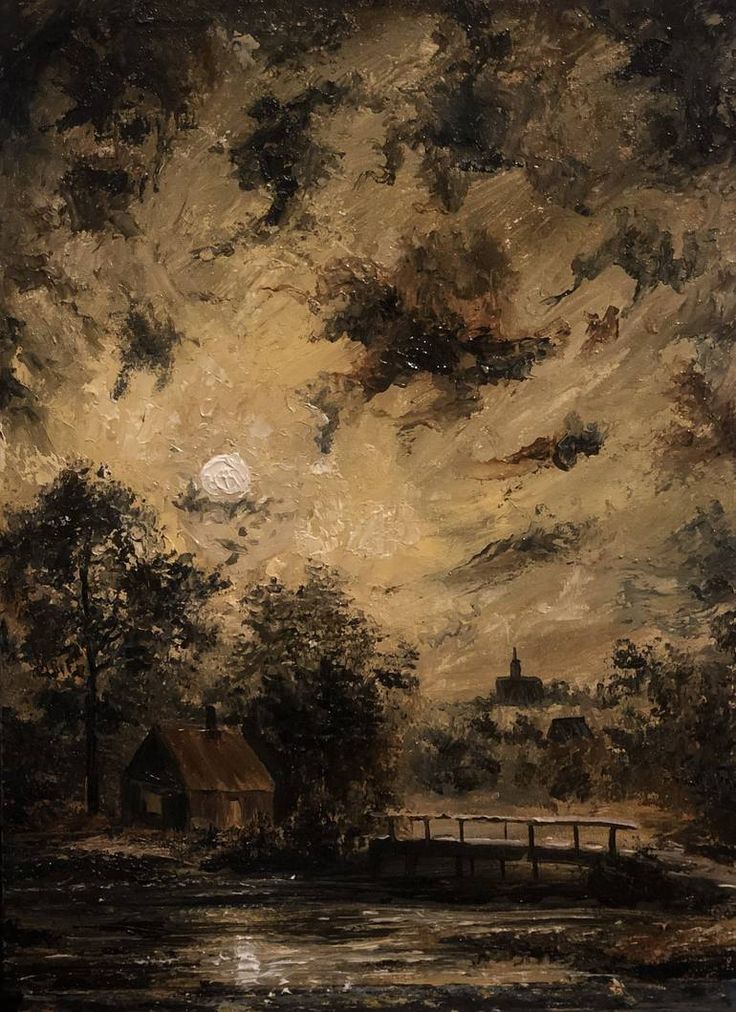
The Pathology of Wounds
Bruises are hemorrhages in tissues produced by the escape of blood from blood vessels


Dr. Melinek's 5 Classifications of Death
Overwhelming pathological findings
Presence of disease with lethal potential
Marginal pathology combines with a compelling history and the exclusion of other causes
Lethal pathology is not structurally demonstratable
Undetermined


GUNSHOT WOUNDS- Things to look at
Range of Fire
Direction of Fire
Entrance
Exit


GUNSHOT WOUNDS- Range of Fire
4 things that come out of the gun other than bullets
Gas
Complete combustion of gunpowder: founding
Incomplete combustion of gunpowder: stippling
Flame


GUNSHOT WOUNDS- Direction of Fire
Derived from relation of entrance to exit


GUNSHOT WOUNDS- Entrance
Small "punched out" central defect
The circumferential rim of abrasion
soot/stippling
Atypical: folds of skin, ricochet, reentry
If the muzzle is on the skin- star pattern, blowback on the skin


GUNSHOT WOUNDS- Exit
Lacerated
Approximation of edged maintains skin integrity
Atypical (shored): may have abrasion/contusion


Blunt Trauma
ABRASION- scrape or scratch from rubbing/shearing
CONTUSION- bruise caused by tearing or crushing of small blood vessels
LACERATION- A tear of the skin, soft tissues, or internal organs (blunt force trauma)
-Tissue bridges
-Undermining
-irregular edges
-associated bruising
INCISIONS- deeper, cleaner edges


CAYLEE ANTHONY (define and trial details)
was a 2-year-old girl allegedly murdered by her mother, Casey Anthony in Orlando Florida
other people involved in the case (Family)
George and Cindy Anthony (grandparents)
Jesse Grund (fiancee)


CAYLEE ANTHONY- Pathology
Duct tape around the nose mouth and jaw (before decomp- jaw, and teeth were intact)
No trauma
supposed Asphyxial death
Wrapped in a trash bag and found in a wooded area less than a half-mile from the Anthony's home
Reduced to fragile bones (skull broke under the watch of defense's ME)
Casey's Car smelled like decomposing human flesh
